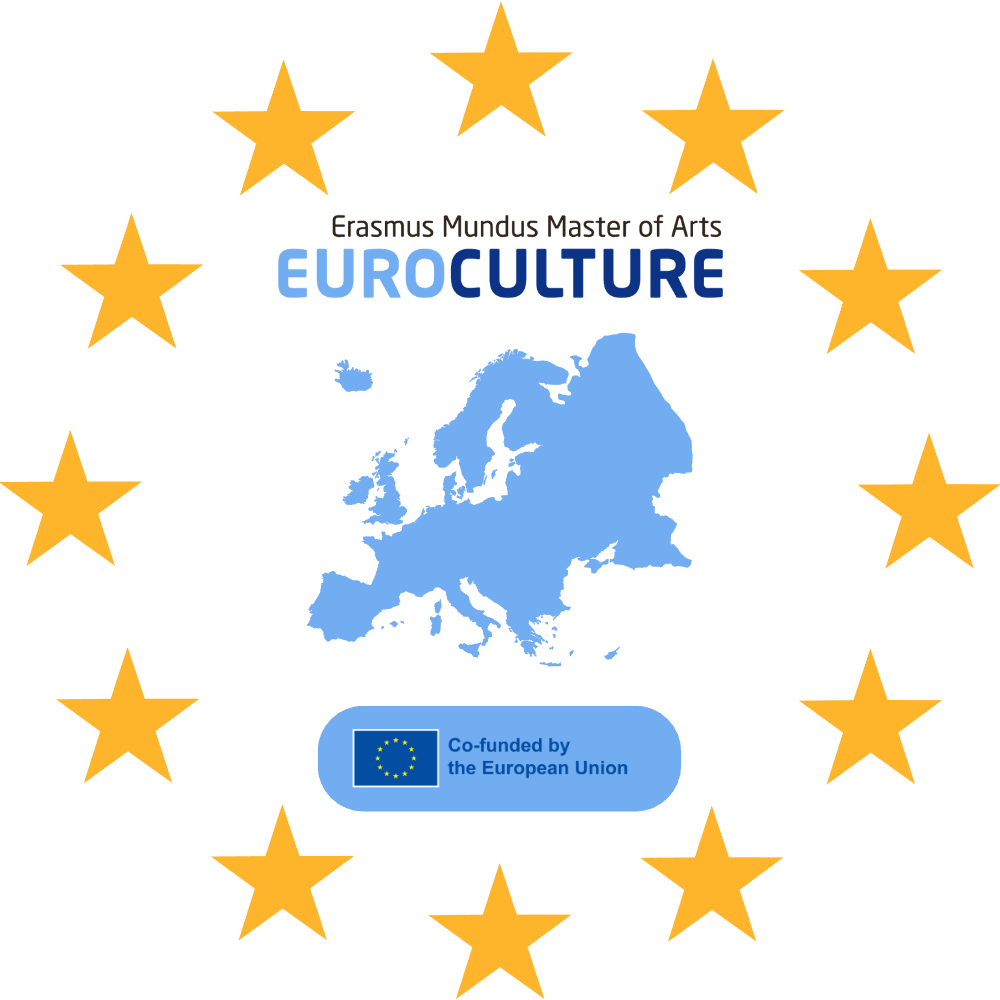SUBTHEME 1
Dissonant heritage: a way to investigate the cultural, social, and political environments of Europe
Introduction
The first subtheme, “Dissonant heritage: a way to investigate the cultural, social and political environments of Europe”, invites students to explore the cultural, social, and political framework of European society with a critical eye. Dissonant heritage allows us to break up ‘sedimented discourses' (Kisić 2016) and to open space for democratic participation (Lähdesmaki 2020). In pluralist societies like the EU, this approach also allows us to question the place of coloniality and of social and cultural minorities (Turunen 2019). Environmental issues also demand a holistic approach, such as suggested by Carola Hein (2022). Democratic regimes need to present themselves and ground the political system in popular consciousness and public opinion.
The European Court of Human Rights has frequently been challenged by public opinion: what is its status, trying to bridge human rights and Dissonant Heritage in the light of the structural transformation of European unification (Madsen 2020)? The ways that one works with the past may range from total misuse and clear falsification, to explanation and legitimation. What is the role of the European Heritage Label (EHL) in that respect?
Students are invited to consider the presentation of dissonant heritage in the media, or in politics, and to focus on the meaning or the agenda behind the presentation.
In what sense does dissonant heritage matter for present-day problems? Is it a part of the discourse? How does dissonant heritage influence the results of the discussions, or how does it affect the public? How does it change or shape individual cases? What is the difference between democracy and totalitarianism in terms of using dissonant heritage? Can European initiatives such as the Cultural Capitals or the EHL challenge traditional views on history, or do they consolidate them?
IP 2024 Reader - Subtheme 1
Hein, Carola. ‘Water, Culture and the SDGs as Living History’. Blue Papers 1, no. 1 (1 September 2022): 13–23. https://doi.org/10.58981/bluepapers.2022.1.01.
Kisić, Višnja. Governing Heritage Dissonance: Promises and Realities of Selected Cultural Policies. Amsterdam: European Cultural Foundation, 2016, 49-77.
Lähdesmäki, Tuuli. ‘Participation: Inclusive and Exclusive Heritage’. In Creating and Governing Cultural Heritage in the European Union, edited by Tuuli Lähdesmäki, Viktorija L.A. Čeginskas, Sigrid Kaasik-Krogerus, Katja Mäkinen, and Johanna Turunen, 1st Edition., 119–39. London: Routledge, 2020.
Madsen, Mikael. "From Boom to Backlash? The European Court of Human Rights and the Transformation of Europe." SSRN Electronic Journal, 2020. https://doi.org/10.2139/ssrn.3681925.
Turunen, Johanna. ‘A Geography of Coloniality: Re-Narrating European Integration’. In Dissonant Heritages and Memories in Contemporary Europe, edited by Tuuli Lähdesmäki, Luisa Passerini, Sigrid Kaasik-Krogerus, and Iris van Huis, 185–214. Palgrave Studies in Cultural Heritage and Conflict. Cham: Springer International Publishing, 2019. https://doi.org/10.1007/978-3-030-11464-0_7.



